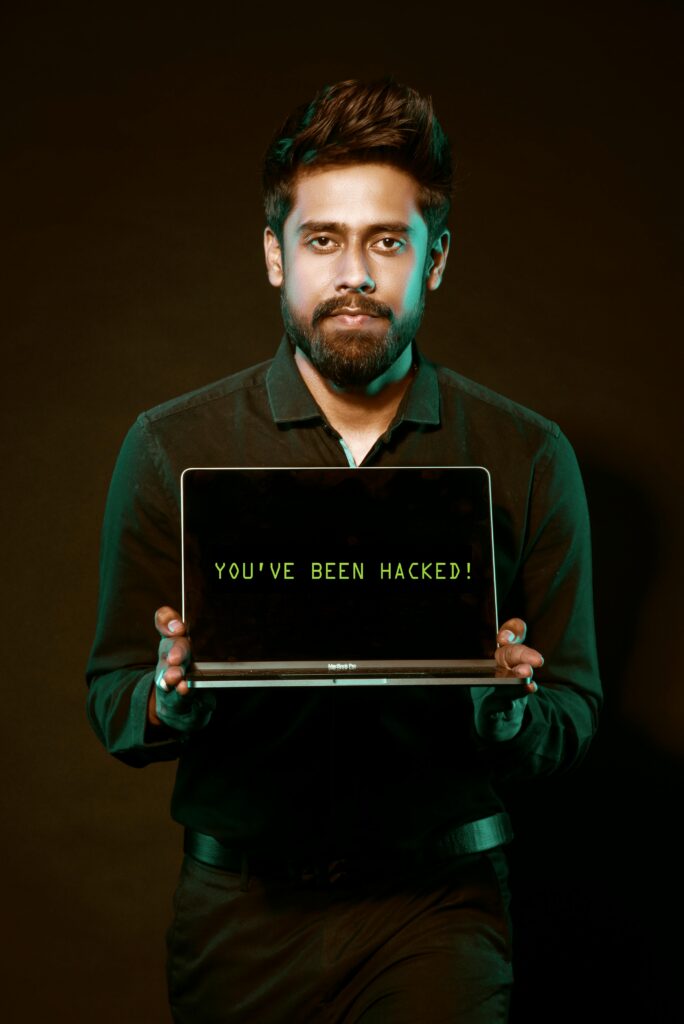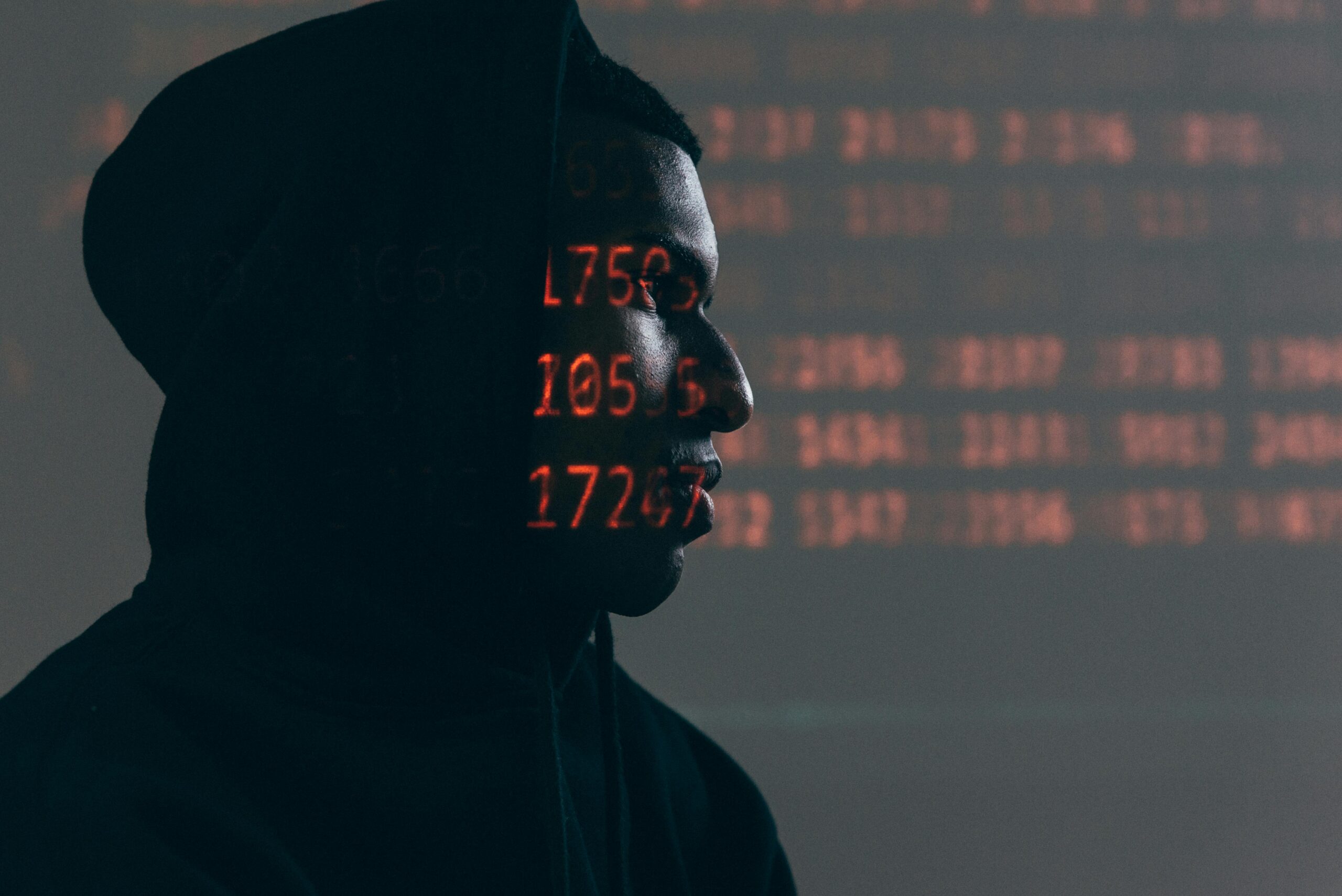
The Internet, a vast and intricate terrain, is essentially a digital battleground. Every keystroke, every move you make, it’s all laid bare and perceptible to everyone, all the time.
‘Everyone’ encompasses a colossal demographic. Predicting the actions of every individual can become a labyrinth of confusion and uncertainty. Among this immense population, some wield their online powers for good, for the collective benefit. Conversely, some do so simply for their amusement, or the thrill of chaos. There are even nefarious entities lurking in the abyss, whose intentions veer towards the malevolent side, perhaps even deriving pleasure from the sight of the world in flames.
What drives a person or an organized group to infiltrate a system? Is it vengeance, personal enrichment, or perhaps a political agenda? You name it, we’ve seen it all. Here we unravel the tales of five of the most earth-shattering cyber infiltrations of all time, and one that is lurking ominously on the horizon, yet to occur.
1 – The Intriguing Tale of Kevin Lee Poulsen: Hacker and Phone Line Conqueror
Kevin may not have executed the most audacious of digital infiltrations, yet he unequivocally ranks amongst the most notorious hackers in history. In his hacking heyday, he adopted the moniker ‘Dark Dante’, envisioning himself as the epitome of hacking prowess. His dedication to his craft led him to master the art of lockpicking – a skill that proved beneficial after he found himself serving a five-year prison sentence.
Dark Dante’s reputation as a formidable hacker wasn’t lost on the FBI, who diligently pursued him until his eventual capture. His cyber expertise was such a significant threat that he holds the dubious honor of being the first American to leave prison with an additional court-imposed stipulation: a three-year ban on using computers and the internet after the completion of his sentence.
His boldest hacking exploit originated from KIIS-FM, a well-known LA-based radio station, deciding to gift a Porsche 944 S2 to the 102nd caller in a phone-in competition.
So, how does one guarantee they’re the 102nd caller? The answer is as audacious as it is simple: seize control of the entire radio station’s phone system. And that’s exactly what Kevin masterminded, followed by a triumphant getaway.
However, his victory was short-lived. Kevin found himself a high-value target of the FBI, prompting a nationwide manhunt. His notoriety grew to such an extent that his story was featured on the TV show ‘Unsolved Mysteries’.
Adding a layer of intrigue to the tale, when the show aired Kevin’s story, the freephone numbers for viewers to report information about the featured crimes mysteriously crashed. Coincidence? You decide.
Having served his time, Kevin transformed his life. He is now an esteemed editor at Wired and co-inventor of Securedrop—a groundbreaking platform that enables secure communication between journalists and their sources.
2 – Albert Gonzalez: The Mastermind Behind Massive Credit Card Theft
In a shocking revelation between the years 2005 and 2007, Albert Gonzalez orchestrated a vast cybercrime operation, successfully harvesting and reselling a staggering 170 million credit card numbers. To contextualize this figure, it is equivalent to half of the U.S. population.
Recent advisories have highlighted the risks associated with insecure Wi-Fi setups; the notorious scam executed by Gonzalez significantly amplifies the urgency of these warnings.
Equipped with nothing more than a laptop, Gonzalez embarked on a mission along the U.S. Route 1, meticulously scanning public wireless networks for any potential weaknesses. Upon detection of a vulnerability, he would immediately launch an attack.
Heartland, one of Gonzalez’s victims, reported a crippling loss of $12.6 million due to his assault. However, this is merely the tip of the iceberg. The total number of companies victimized by Gonzalez, along with the financial damage inflicted, remains unknown. A majority of these companies have chosen to remain silent regarding the incident, undoubtedly due to the humiliating realization that they fell prey to a cyber attack due to something as basic as neglecting to change their Wi-Fi password.
In an act of justice, Gonzalez was brought to trial in Newark, New Jersey, in August 2009. He is currently serving a twenty-year sentence in a federal prison.
However, the threat is far from over. There are countless individuals like Gonzalez lurking in the shadows, possessing both the ambition and expertise to infiltrate your digital life.
Hence, it is imperative to take necessary precautions while utilizing unfamiliar and public Wi-Fi connections.
3 – Anonymous’ Launch of Project Chanology:
A Defiant Strike Against the Church of Scientology Ever wondered what would happen when the world’s most notorious hacking league collides headlong with the most bizarre religion known to mankind?
Enter Project Chanology, a landmark event in the annals of cyber activism.
Like many intriguing phenomena that have graced the digital world, it all began on 4Chan. If you’re unfamiliar, 4Chan is essentially a free-for-all, anonymous online message board. A word of warning to the uninitiated – it is not a place for the squeamish or those faint of heart.
4Chan has an uncanny knack for incubating a fascinating array of Internet memes and trailblazing initiatives. However, its crowning glory lies in the birth of the enigmatic hacking group Anonymous – a decentralized hacktivist group that has earned a formidable reputation as the most infamous cyber collective of our times.
The inception of Project Chanology was prompted by 4Chan when the Church of Scientology sought to expunge an interview featuring Tom Cruise, a high-profile member of the church, from the online world.
With a track record mired in censorship often enforced through aggressive legal action, the Church of Scientology became the target of Anonymous, sparking the most profound protest movement against them.
Anonymous has a palpable aversion to censorship, particularly when it emanates from powerful entities. They’ve also been known to dismantle bullies, and the Church of Scientology most certainly checked all these boxes.
Thus, Anonymous set its wheels in motion. Their hackathon launched with an ominous “Message to Scientology” on YouTube on January 21, 2008. Anonymous voiced their disdain for the Church’s actions and declared their intention to rectify the situation.
Their response manifested in a series of relentless distributed denial of service attacks (DDoS), prank calls, and black faxes.
The full scale of the damage inflicted upon the Church of Scientology remains shrouded in mystery, given its secretive nature. However, given the magnitude of resources that Anonymous unleashed, the impact is speculated to have been substantial.
4 – Spamhaus: The Epicenter of the Largest DDoS Cyberattack in History
Considered a linchpin in the ongoing war against spam, Spamhaus’s email filtering platform is widely used by individuals and businesses alike for sifting out unsolicited emails.
The platform enjoys an especially strong foothold in the UK, running subtly in the background of numerous systems, acting as a gatekeeper determining the acceptance or rejection of incoming emails.
In a game-changing event on March 18, 2013, Spamhaus took the bold step of adding Cyberbunker to its blacklist – a list of barred sites. Cyberbunker, a web hosting provider, was blindsided by the move from Spamhaus. The sudden disruption of communication channels with existing or potential customers was a significant blow to their business.
Despite repeated communications, Spamhaus remained unyielding in its decision to keep Cyberbunker on the blacklist. Cyberbunker’s response was chilling and swift: “If you stop us from communicating with our customers, we’ll stop you from communicating with yours.”
With that, Cyberbunker unleashed an overwhelming Distributed Denial of Service (DDoS) attack on Spamhaus. DDoS attacks operate by overloading a server with bogus data requests, straining its capacity to the breaking point, and, if the attack is potent enough, causing a total system shutdown.
Cyberbunker’s attack was not just potent but colossal. A mild DDoS attack swiftly morphed into a digital onslaught of epic proportions, with Spamhaus being buffeted by a staggering 300 GBPS (Gigabytes per second) at its peak.
Such was the magnitude of the attack that caused significant slow-downs in internet speeds across the entire European continent.
In a dramatic turn of events, Sven Olaf Kamphuis, the CEO and spokesperson for Cyberbunker, found himself a wanted man by the cybercrime units and went on the run.
Kamphuis was eventually apprehended and arrested. While it’s likely he didn’t intend for events to spiral so far out of control, his case serves as a stark reminder of the potential repercussions of actions taken on the internet. Whatever you do online, tread with caution, for it might just come back to haunt you.
5 – The Devastating Hack on Saudi Aramco Reverberated Globally
Saudi Aramco, the colossal oil titan from Saudi Arabia, remains anonymous to most, despite boasting profits that surpass the GDP of numerous nations. In an unfortunate turn of events, this industry giant became the target of the largest cyber hack in corporate history.
The inception of this monumental breach dates back to mid-2012 when a seemingly innocuous email link, clicked on by an unsuspecting member of Saudi Aramco’s IT team, paved the way for the hackers’ infiltration.
The actual onslaught was launched during the Islamic holy month of Ramadan, a time when the majority of Saudi Aramco’s employees were away on holiday. On August 15, 2012, a few employees noticed unusual activity in their computers – erratic screen flickering, disappearing files, and unexplained shutdowns.
The IT team at Saudi Aramco soon recognized the malicious attack and hurriedly began disconnecting all computers from the internet. However, the damage was done.
In mere hours, approximately 30,000 computers were either severely compromised or utterly obliterated.
Given that Saudi Aramco is responsible for providing ten percent of the world’s oil supply, the potential fallout from this cyber assault could have precipitated a worldwide catastrophe. Should they have failed to deliver this critical commodity, the repercussions would have undeniably rippled across the globe.
Faced with this predicament, Saudi Aramco regressed to a bygone era, utilizing pens and papers and transforming their modern offices into an 80s flashback – typewritten reports and faxed communications became the norm.
Saudi Aramco took over five arduous months to fully recover from the cyber-attack. Thankfully, they managed to maintain their oil supply, mitigating what could have been a far worse scenario.
The growing prevalence of cyber-attacks underscores the severity of this threat, transcending the realms of gaming and IT to affect everyone, including you.
6 – Apple Compelled to Infiltrate Their Own Security Systems
In an odd turn of events, what could potentially be the most significant hack in history has not occurred yet. However, a court is stipulating that it should take place.
A judge in California recently mandated that Apple should breach its security systems.
This entire situation originated from the San Bernardino shootings last December. The FBI is seeking access to one of the attacker’s encrypted iPhones and has commanded Apple to infiltrate it. Apple is resistant to this notion, as it could potentially create a vulnerability accessible to all iPhones worldwide. Given that over 700 million iPhones have been sold, this would equate to a hack of monumental scale.
Thus far, Apple has not succumbed to this mandate, and we stand in the hope that the company will resist the ruling. This sets a precarious precedent.
What’s the Next Step?
A significant number of these cyber assaults were meticulously executed by proficient hackers, while others took the form of straightforward DDoS attacks. Regardless, all were birthed from unique motivations. Remember, such attacks can strike without warning, and can be prompted by any reason.
Unsuspecting individuals were unfortunately drawn into the chaos instigated by a handful of miscreants. These stories bear witness to the sobering reality – no one is immune to becoming a victim.
However, you can mitigate the risk by exercising common sense and bolstering your cyber security measures. Why not allocate some time today to scrutinize your Wi-Fi configurations? And when was the last time you updated your passwords? All these steps are integral in ensuring your security in the digital realm.
Ipsec vs. ssl vpns for secure remote access

